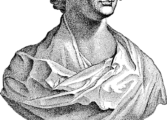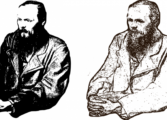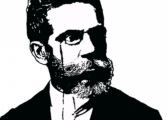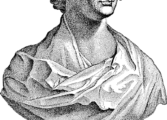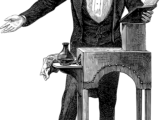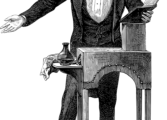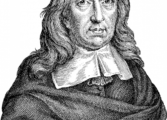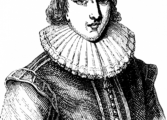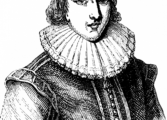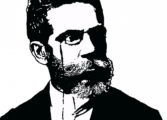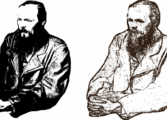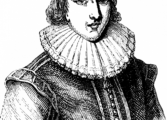Orlando Virginia Woolf: A Journey Through Time

Introduction:
Orlando Virginia Woolf is a literary masterpiece that captivates the hearts and minds of art enthusiasts and collectors alike. Written by the renowned British author Virginia Woolf, this groundbreaking novel pushes the boundaries of traditional literature, intertwining history, gender exploration, and the complexities of identity. In this article, we will delve deep into the significance of Orlando Virginia Woolf and its evolution over time.
Historical Overview:
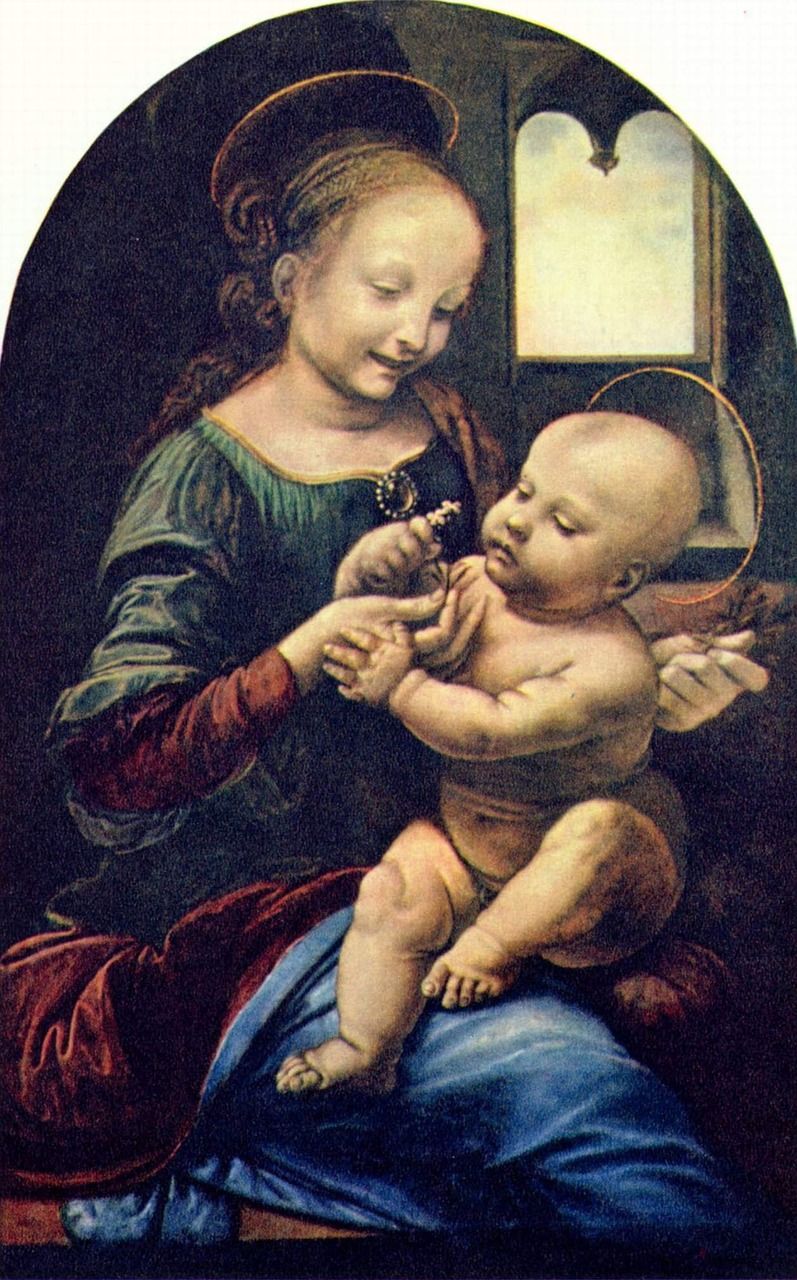
Since its publication in 1928, Orlando Virginia Woolf has undergone a remarkable transformation, both in terms of its reception and its impact on the literary world. Initially met with mixed reviews, the novel’s unique blend of poetry, prose, and an unconventional narrative structure challenged the prevailing literary conventions of the time.
Bulletpoints:
– Orlando Virginia Woolf is a groundbreaking novel by Virginia Woolf, published in 1928.
– The novel explores themes of gender, identity, and historical fiction.
– It combines poetry, prose, and an unconventional narrative structure.
– Initially, the novel received mixed reviews but has since become a celebrated work of literature.
In the midst of a changing cultural landscape, Orlando Virginia Woolf took readers on a mesmerizing journey through time and space. Woolf’s protagonist, Orlando, transcends gender and centuries, transforming from a young Elizabethan nobleman to a woman living in the 20th century. This metamorphosis not only challenges societal norms but also raises profound questions about the nature of identity and the fluidity of human existence.
Throughout its evolution, Orlando Virginia Woolf has remained a significant source of inspiration for artists, scholars, and thinkers. Its exploration of gender fluidity anticipates contemporary conversations surrounding gender identity, making it a relevant and timely work even today. In recent years, the novel has gained renewed attention, especially in the wake of the LGBTQ+ movement, as it celebrates the power of individuality and the right to self-expression.
As an ode to the artistic and cultural heritage of England, Orlando Virginia Woolf provides readers with a captivating portrayal of history. From the Elizabethan era to the roaring twenties, Woolf paints a vivid picture of each period, meticulously reconstructing the societal, political, and artistic influences that shape Orlando’s journey. This historical tapestry not only enhances the reader’s understanding of the protagonist’s transformation but also adds depth and richness to the overall narrative.
Conclusion:
Orlando Virginia Woolf is a literary gem that transcends time and genre boundaries. Virginia Woolf’s innovative narrative style, combined with her exploration of gender and historical fiction, has made this novel a cherished piece of literature. As we embark on Orlando’s unforgettable journey, we are reminded of the importance of embracing our true selves and celebrating the diversity of human experience. Orlando Virginia Woolf continues to inspire and captivate audiences, leaving an indelible mark on the world of art and literature.
Sources:
– Woolf, Virginia. Orlando. Harcourt, Brace, and Company, 1928.
– Marcus, Jane. Virginia Woolf. Columbia University Press, 2018.
– Froula, Christine. Virginia Woolf and the Bloomsbury Avant-Garde: War, Civilization, Modernity. Columbia University Press, 2005.









